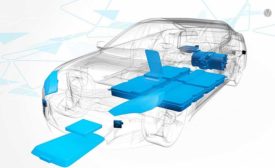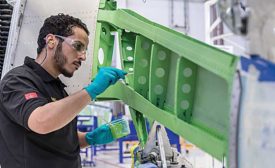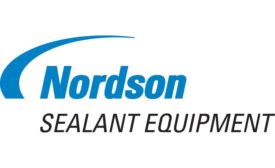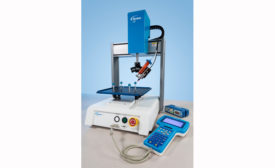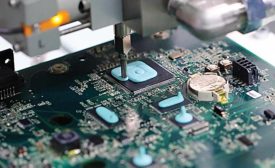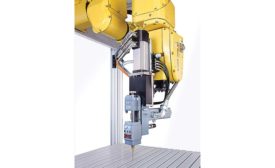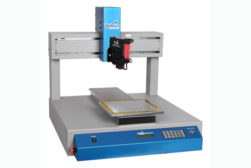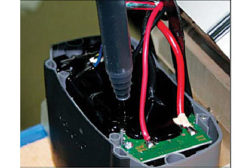Home » meter-mix-dispense equipment
Articles Tagged with ''meter-mix-dispense equipment''
Electric vehicle applications are driving demand for automated equipment.
Read More
Automated Dispensing in Aerospace
Advances in meter-mix technology, process monitoring and bead control are making automated dispensing technology a more viable option for aerospace assembly applications
July 12, 2019
Dispensing and Curing
Automated Dispensing, Curing Technology Saves Money, Boosts Quality
January 13, 2017
New Mixer Optimizes Adhesive Performance
An innovative, square-shaped static mixer conserves two-component materials, speeds curing, and enhances bond strength.
January 6, 2017
Dispensing Thick Materials
Precise valves and powerful pumps are essential to properly dispense one- and two-component high-viscosity materials.
January 5, 2017
Never miss the latest news and trends driving the manufacturing industry
Stay in the know on the latest assembly trends.
JOIN TODAY!Copyright ©2024. All Rights Reserved BNP Media.
Design, CMS, Hosting & Web Development :: ePublishing
